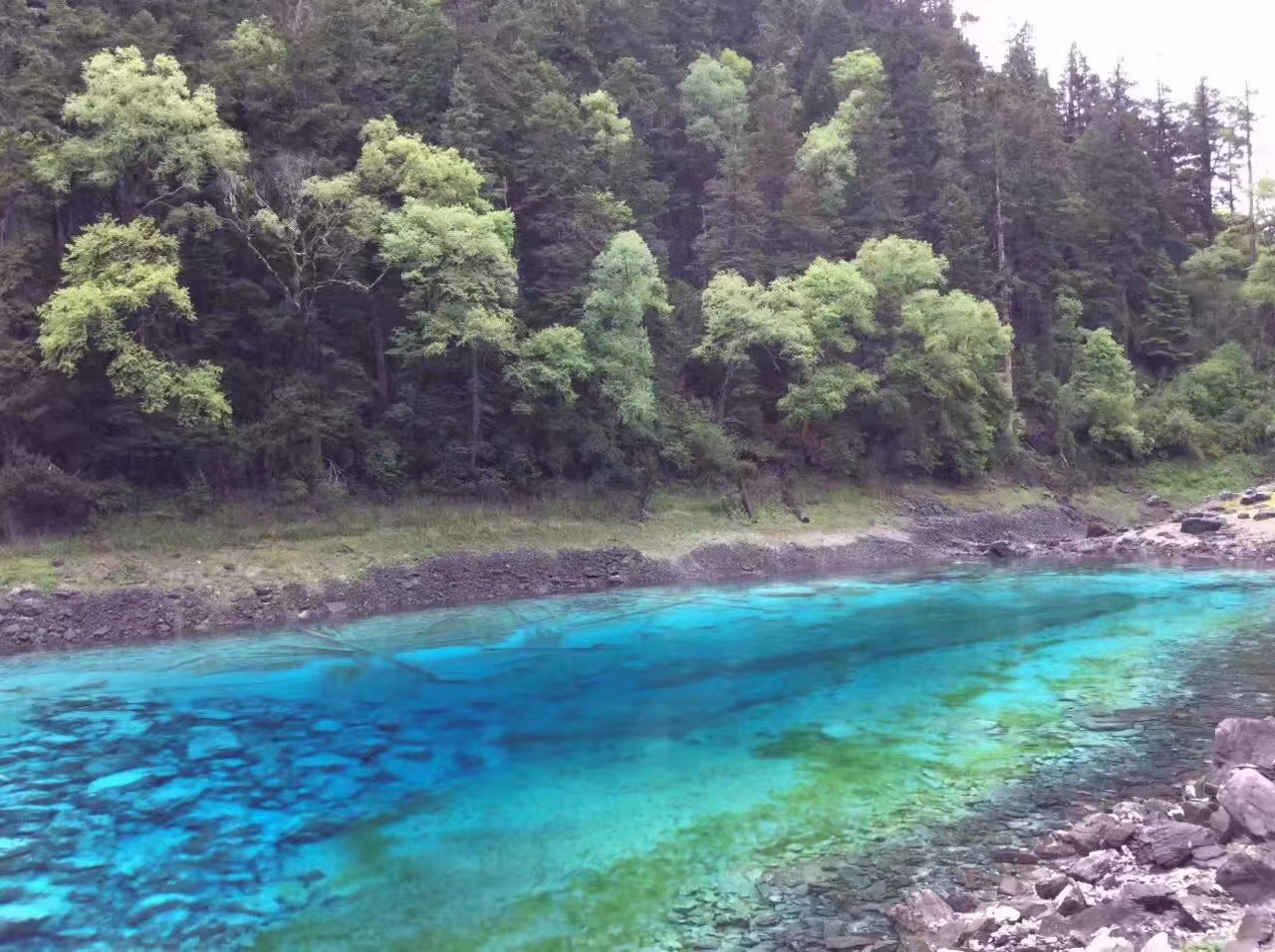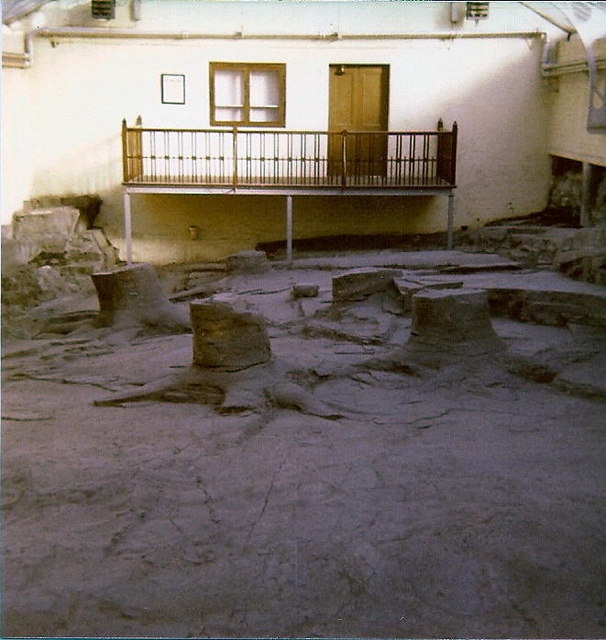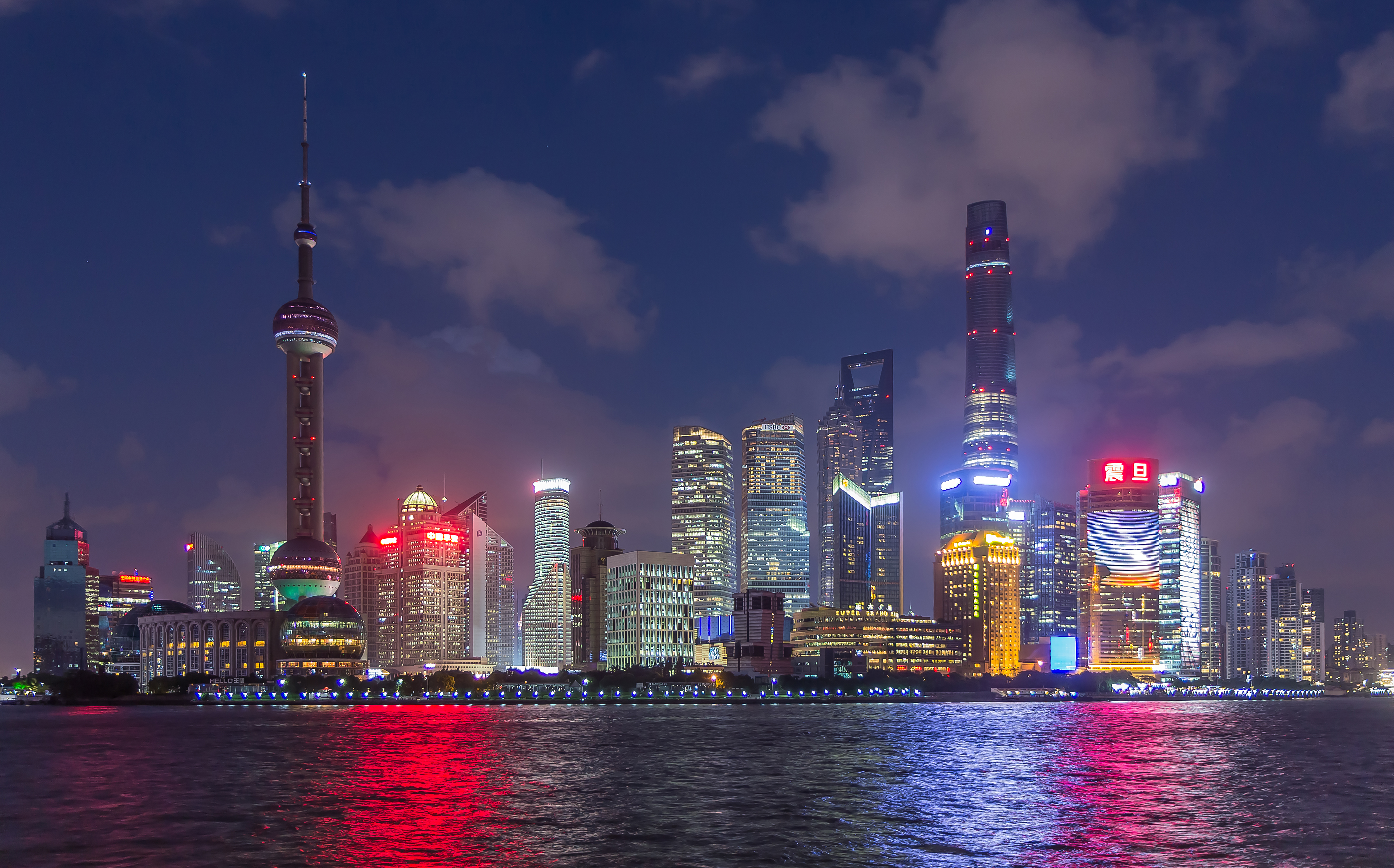|
Bingyu Valley
Bingyu Valley () is a relatively new tourist destination from the 1980s, located in the mountains of Zhuanghe in Dalian, Liaoning Province, China. Overview Bingyu Valley is a tourist destination with abundant nature that straddles the gorge near the confluence with the Xiaoyu River in the upper reaches of the Yingna River that flows through Zhuanghe, Dalian, Liaoning Province. It is also called " Southern Liaoning Guilin" or " Dongbei Jiuzhaigou" because of its beautiful valley. With an area of 170 square kilometers, it is now a national-level Geopark as well as a 4A Tourist Attraction of China. Boating on the Yingnahe Dam Lake, built in 1974, which is the main source of downtown Dalian's water supply, and hiking in the surrounding mountains are the major attractions. 2017 flood damage The valley was severely damaged by the heavy rain in northeastern China in August 2017, and a visitor to the valley in June 2019 reported that the restoration had not been completed yet. [...More Info...] [...Related Items...] OR: [Wikipedia] [Google] [Baidu] |
Tourist Destination
A tourist attraction is a place of interest that Tourism, tourists visit, typically for its inherent or an exhibited natural or cultural value, historical significance, natural or built beauty, offering leisure and amusement. Types Places of natural beauty such as beaches, tropical island resorts, national parks, mountains, deserts and forests, are examples of traditional tourist attractions which people may visit. Cultural tourist attractions can include historical places, sites of significant historic wikt:event, event, monuments, ancient temples, zoos, public aquarium, aquaria, museums and art galleries, botanical gardens, buildings and structures (such as List of forts, forts, castles, library, libraries, former prisons, skyscrapers, bridges), theme parks and carnivals, living history museums, public art (sculptures, statues, murals), ethnic enclave communities, heritage railway, historic trains and cultural events. Factory tours, industrial heritage, creative art and craft ... [...More Info...] [...Related Items...] OR: [Wikipedia] [Google] [Baidu] |
Zhuanghe
Zhuanghe () is one of the two "northern county-level cities", the other being Wafangdian, under the administration of Dalian, located in the south of Liaoning province, People's Republic of China. Its area is and its permanent population is 841,321, making it Dalian's most spacious county-level division. Geography and climate Zhuanghe occupies the northeastern corner of Dalian City on the Liaodong Peninsula, with latitude ranging from 39° 25' to 40° 12' N and longitude ranging from 122° 29' to 123° 31' E. It covers an area of , of which is land; the natural coastline measures . It borders Donggang City to the east, Pulandian City to the west, Gaizhou City and Xiuyan Manchu Autonomous County to the north, and Changhai County in the Yellow Sea to the south. Elevations increase from south to north, with the northern part of the city being part of the southern Qian Mountains; the highest elevation in Zhuanghe City is . Zhuanghe has a monsoon-influenced humid continental cli ... [...More Info...] [...Related Items...] OR: [Wikipedia] [Google] [Baidu] |
Dalian, Liaoning
Dalian () is a major sub-provincial port city in Liaoning province, People's Republic of China, and is Liaoning's second largest city (after the provincial capital Shenyang) and the third-most populous city of Northeast China. Located on the southern tip of Liaodong peninsula, it is the southernmost city in both Liaoning and the entire Northeast. Dalian borders the prefectural cities of Yingkou and Anshan to the north and Dandong to the northeast, and also shares maritime boundaries with Qinhuangdao and Huludao across the Liaodong Bay to west and northwest, Yantai and Weihai on the Shandong peninsula across the Bohai Strait to the south, and North Korea across the Korea Bay to the east. As of the 2020 census, its total population was 7,450,785 inhabitants whom 5,106,719 lived in the built-up (or metro) area made of 6 out of 7 urban districts, Pulandian District not being conurbated yet. Today a financial, shipping, and logistics center for East Asia, Dalian has a significan ... [...More Info...] [...Related Items...] OR: [Wikipedia] [Google] [Baidu] |
China
China, officially the People's Republic of China (PRC), is a country in East Asia. It is the world's most populous country, with a population exceeding 1.4 billion, slightly ahead of India. China spans the equivalent of five time zones and borders fourteen countries by land, the most of any country in the world, tied with Russia. Covering an area of approximately , it is the world's third largest country by total land area. The country consists of 22 provinces, five autonomous regions, four municipalities, and two Special Administrative Regions (Hong Kong and Macau). The national capital is Beijing, and the most populous city and financial center is Shanghai. Modern Chinese trace their origins to a cradle of civilization in the fertile basin of the Yellow River in the North China Plain. The semi-legendary Xia dynasty in the 21st century BCE and the well-attested Shang and Zhou dynasties developed a bureaucratic political system to serve hereditary monarchies, or dyna ... [...More Info...] [...Related Items...] OR: [Wikipedia] [Google] [Baidu] |
Guilin
Guilin ( Standard Zhuang: ''Gveilinz''; alternatively romanized as Kweilin) is a prefecture-level city in the northeast of China's Guangxi Zhuang Autonomous Region. It is situated on the west bank of the Li River and borders Hunan to the north. Its name means "forest of sweet osmanthus", owing to the large number of fragrant sweet osmanthus trees located in the region. The city has long been renowned for its scenery of karst topography. Guilin is one of China's most popular tourist destinations, and the epithet "By water, by mountains, most lovely, Guilin" () is often associated with the city. The State Council of China has designated Guilin a National Famous Historical and Cultural City, doing so in the first edition of the list. History Before the Qin dynasty, Guilin region was settled by the Baiyue people. In 314 BC, a small settlement was established along the banks of the Li River. During the Qin dynasty's (221–206 BC) campaigns against the state of Nanyue, the fi ... [...More Info...] [...Related Items...] OR: [Wikipedia] [Google] [Baidu] |
Northeast China
Northeast China or Northeastern China () is a geographical region of China, which is often referred to as "Manchuria" or "Inner Manchuria" by surrounding countries and the West. It usually corresponds specifically to the three provinces east of the Greater Khingan Range, namely Liaoning, Jilin, and Heilongjiang, but historically is meant to also encompass the four easternmost prefectures of Inner Mongolia west of the Greater Khingan. The heartland of the region is the Northeast China Plain, the largest plain in China, with an area over . It is separated from Russian Far East to the north by the Amur, Argun, and Ussuri rivers; from Korea to the south by the Yalu and Tumen Rivers; and from Inner Mongolia to the west by the Greater Khingan and parts of the Xiliao River. Due to the shrinking of its once-powerful industrial sector and decline of its economic growth and population, the region is often referred to as China's Rust Belt. As a result, a campaign named Northeast Area Re ... [...More Info...] [...Related Items...] OR: [Wikipedia] [Google] [Baidu] |
Jiuzhaigou
Jiuzhaigou (; ) is a nature reserve and national park located in the north of Sichuan Province in southwestern China. A long valley running north to south, Jiuzhaigou was inscribed by UNESCO as a World Heritage Site in 1992 and a World Biosphere Reserve in 1997. It belongs to the category V (Protected Landscape) in the IUCN system of protected area categorization. The Jiuzhaigou valley is part of the Min Mountains on the edge of the Tibetan Plateau and stretches over . It is known for its many multi-level waterfalls, colorful lakes, and snow-capped peaks. Its elevation ranges from . History Jiuzhaigou (literally "Nine Settlement Valley") takes its name from the nine Tibetan settlements along its length. The remote region was inhabited by various Tibetan and Qiang peoples for centuries. Until 1975 this inaccessible area was little known. Extensive logging took place until 1979, when the Chinese government banned such activity and made the area a national park in 1982. An Admi ... [...More Info...] [...Related Items...] OR: [Wikipedia] [Google] [Baidu] |
Geopark
A geopark is a protected area with internationally significant geology within which sustainable development is sought and which includes tourism, conservation, education and research concerning not just geology but other relevant sciences. In 2005, a European Geopark was defined as being: "a territory with a particular geological heritage and with a sustainable territorial development....the ultimate aim of a European Geopark is to bring enhanced employment opportunities for the people who live there." Today the geopark is virtually synonymous with the UNESCO geopark, which is defined and managed under the voluntary authority of UNESCO's International Geoscience and Geoparks Programme (IGGP). UNESCO provides a standard for geoparks and a certification service to parks that apply for it. The service is available to member states of UNESCO. This list is not the same as the member states of the United Nations. Membership in the UN does not automatically imply membership in UNESCO ... [...More Info...] [...Related Items...] OR: [Wikipedia] [Google] [Baidu] |
AAAA Tourist Attractions Of China
Tourism in China is a growing industry that is becoming a significant part of the Chinese economy. The rate of tourism has expanded over the last few decades since the beginning of reform and opening-up. The emergence of a newly rich middle class and an easing of restrictions on movement by the Chinese authorities are both fueling this travel boom. China has become one of world's largest outbound tourist markets. According to Euromonitor International, economic growth and higher incomes in nearby Asian countries will help China to become the world's number one tourist destination by 2030. China ranked second in the world for travel and tourism's contribution to GDP in 2022 ($814.1 billion), and first in the world for travel and tourism's contribution to employment (66,086,000 jobs in 2014). Tourism, based on direct, indirect, and induced impact, accounted for 9.3 percent of China's GDP in 2013. In 2017, the total contributions of China's Travel and Tourism sector made up 11% of ... [...More Info...] [...Related Items...] OR: [Wikipedia] [Google] [Baidu] |








